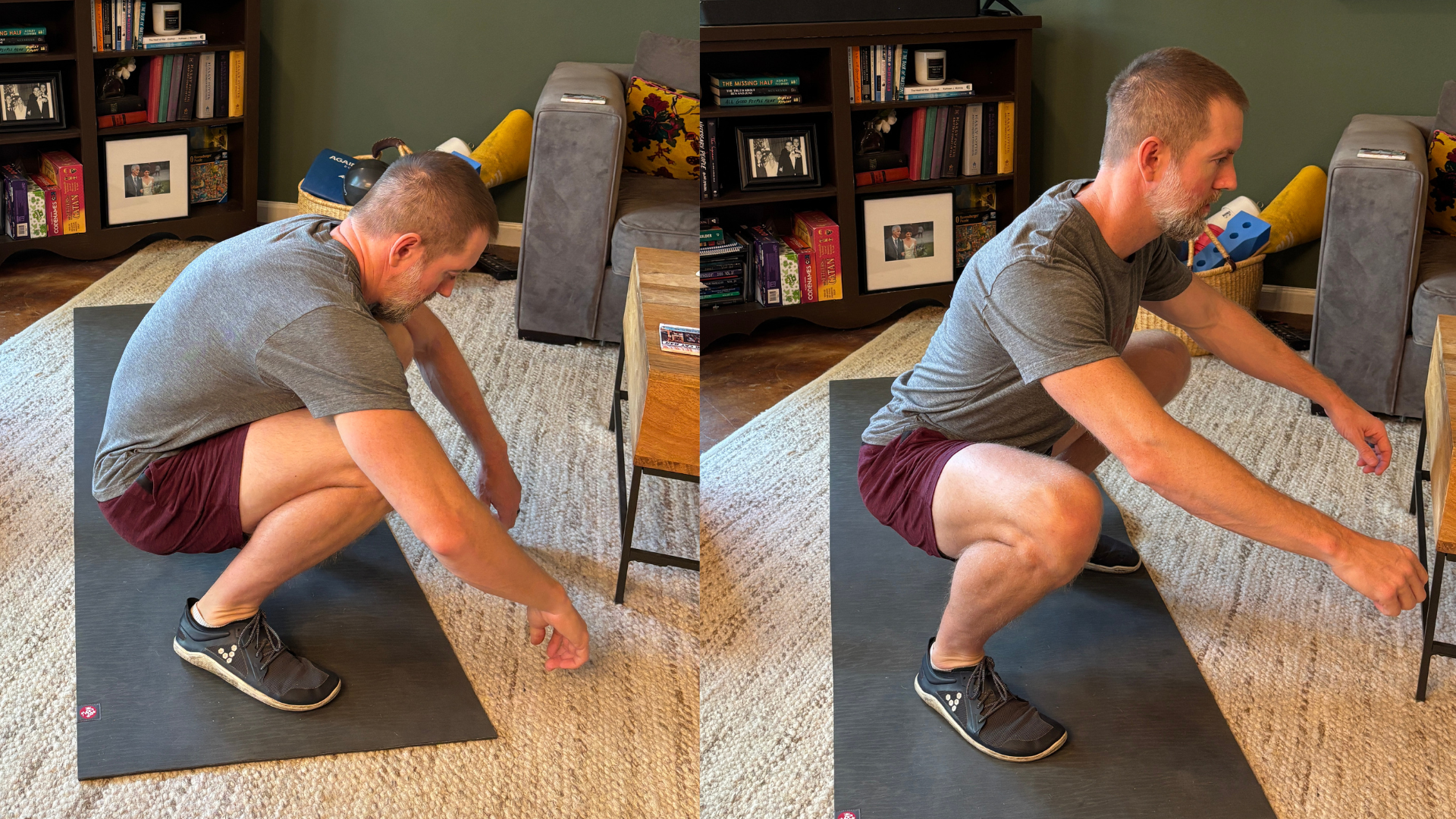Functional Movement Patterns
Written by Kyle Ligon - MovementLink.FIT Head Coach
As the benefits of choosing a holistic, functional fitness program became clear to us, the additional shift from performing exercises in the way most in the fitness industry recommend (a way that will produce the best workout scores) into focusing on performing exercises using functional movement patterns (a way that will produce the best real world abilities), the benefits just kept compounding into better and better results.
Functional Movement Patterns are the body positions, postures, and sequences of muscle contractions that our body has evolved to favor, making them not just how we naturally move outside the gym, but also making them an optimal choice for technique inside the gym (when our goals are real world and not exercise sport). By centering our workout program around functional movement patterns:
Functional performance potential is boosted as our muscles and joints are being used in the way our bodies have evolved to move.
Using the correct muscles in the right way builds a natural aesthetic by not over- or under-developing any muscle groups.
Muscle imbalances are resolved as developing functional movement patterns will require weak muscles to catch up to overdeveloped muscles caused by previous errors in habitual movement and technique.
Tissues and joints will be used in a way in which they were designed to last a lifetime, helping to resolve previously nagging pains and creating a buffer from injury.
Our potential to learn new exercises and transfer our fitness and abilities into the real world and sports increases dramatically as the techniques we are using in the gym mimic the best techniques in the real world.
Epiphany: Posture, the squat, the push-up, and the jump & land lay a foundation for every possible variation of human movement.
We realized that everything we do inside and outside the gym is just a variation and a combination of the functional movement patterns from the squat, the push-up, and the jump & land. Once we made this connection, we noticed that when anyone had a technique issue, that issue was not limited to only that exercise, but we could correctly predict the same mistake across all exercises and even see it in how they navigate the world outside the gym. This was a huge boost in our coaching abilities, but the real power came when we realized that we are not working on developing technique for each exercise in individual silos, but instead, when we are working on one exercise, because they all stem from the same functional movement patterns, when we do it correctly, we were actually influencing our technique in every exercise, all at the same time. But this only worked if we understood this functional movement pattern concept and committed to it.
We saw the opposite occur all the time. Poor technique caused someone to underuse a certain muscle group. They’d see a physical therapist and get prescribed corrective exercises that improved the strength, stability, flexibility of the weak area…yet, the problem would never go away. It was because the root cause is not a muscle imbalance, but the deviation from functional movement patterns that caused the muscle imbalance to begin with. Without upgrading how the person actually moves to functional movement patterns, even when the problems caused by not using functional movement patterns “improved”, the pain always returned because the real fix never got integrated.
By understanding that functional movement patterns lay a foundation for everything we do, not only can beginners pick up proper technique very quickly, but even the most elite can improve their efficiency and avoid nagging pains.








